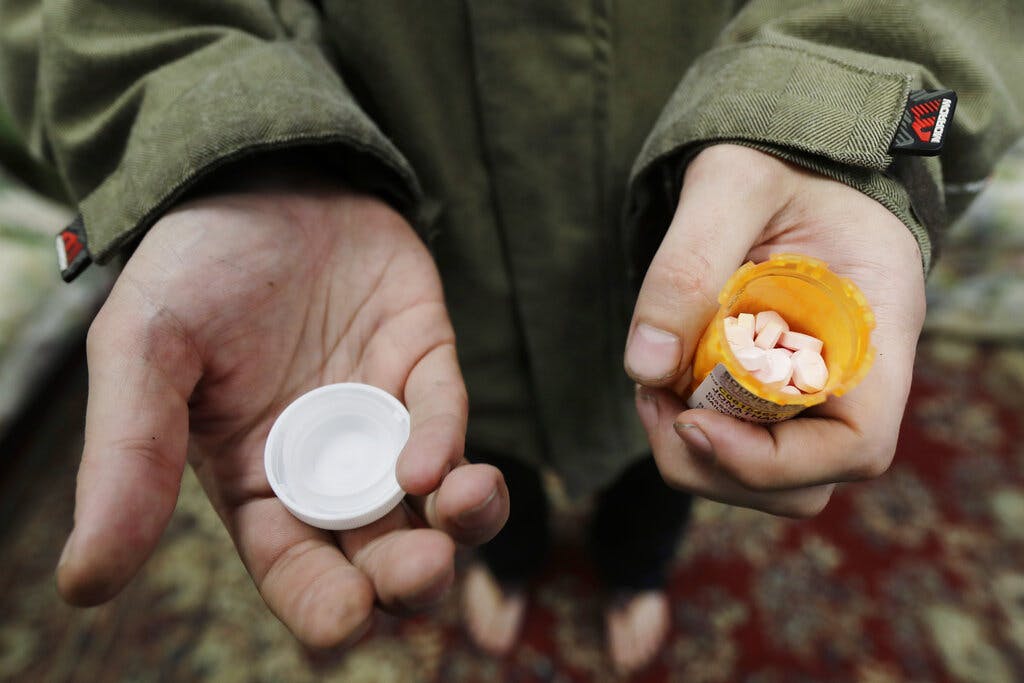Prohibition, Not Big Pharma, Caused the Opioid Epidemic
The United States currently outlaws or limits legal access to opioids, but this does not eliminate demand for these goods. Many consumers still gain access to them via underground markets.

Since 1999, more than 500,000 Americans have died from opioid overdoses. According to most observers, the cause has been excessive opioid prescribing, driven by misleading marketing from big pharma. Based on this perspective, numerous high-profile lawsuits are seeking damages for harms caused by this alleged excessive prescribing.
This standard explanation for the epidemic is wrong; government opioid policy is to blame.
Before the 1980s, physicians prescribed opioids primarily for short-term pain and for terminally ill cancer patients. Then new research suggested that long-term medical use of opioids posed little risk of addiction, which spurred expanded opioid prescribing for chronic pain. Subsequent research has confirmed this low risk, placing it around zero to 5 percent.
Pharmaceutical companies, such as Allergan, Janssen, and Purdue Pharma, supported this expanded prescribing and argued that new slow-release opioids like OxyContin posed particularly low risks. Prescriptions rose alongside overdoses for decades.
This correlation, though, does not demonstrate causation. Evidence suggests that non-medical use of opioids drives overdoses, but non-medical use did not rise from 2002 onward. If increased prescribing caused the overdoses, then decreased prescribing, and new restrictions on legal access, should have reversed the epidemic.
Yet opioid deaths have risen most sharply in the past decade, despite high-dosage prescriptions falling by nearly half since 2006. Heroin and fentanyl have driven most of these deaths.
Unfortunately, American policy continues to assume that tight opioid restrictions reduce deaths. The United States currently outlaws or limits legal access to opioids, but this does not eliminate demand for these goods. Many consumers still gain access to them via underground markets.
Underground markets incentivize high-potency products because traffickers can more easily conceal them from law enforcement. Most consumers cannot easily assess potency because reliable suppliers cannot legally advertise, and consumers cannot sue over faulty or mislabeled products. So accidental overdoses from high-potency drugs, especially those laced with fentanyl, are common when these are illegal.
Tight restrictions like state prescription drug monitoring programs and stricter federal guidelines on prescribing assume these will reduce overdoses. Yet restrictions push users to obtain opioids from a parent or friend’s medicine cabinet, from medical supplies diverted from pharmacies, or from underground markets.
Evidence suggests that prescription drug monitoring programs reduce consumption of prescription opioids, but users partially switch to heroin, fully offsetting the reductions in hospitalizations and deaths from prescription opioids. Even an abuse-deterrent version of OxyContin, introduced in 2010, led to an estimated one-to-one substitution to heroin, with deaths remaining stable.
Restrictions also harm patients in pain by making it difficult for doctors to prescribe. In 2011, Florida banned pain management clinics from dispensing drugs and required extensive medical examinations to prescribe opioids for chronic pain.
The Department of Justice in 2017 created a unit to increase monitoring of “pill mills” — physicians and pharmacies dispensing “disproportionately large amounts of opioids.” Unfortunately, restrictions have prevented suffering patients from receiving treatment, pushing some to suicide.
Proponents of regulations argue that they reduce the creation of new addicts. If this were a major effect, though, we would expect deaths from opioids like heroin to decrease over time. Instead, deaths from heroin and fentanyl have increased substantially over the past decade. This aligns with underground heroin presenting a far greater risk of overdose than prescription opioids.
Consistent with our perspective, strong evidence suggests that maintenance treatments using methadone and buprenorphine reduce overdoses because they expand the legal supply of opioids. Regulations hamstring these programs; only 5 percent of physicians are licensed to prescribe buprenorphine.
In 1995, France allowed physicians to prescribe buprenorphine for maintenance treatment without special regulations, and heroin deaths fell 80 percent. Safe consumption sites, which allow for supervised injection using clean needles, similarly decrease overdoses but remain illegal under federal law.
The 2018 Support Act expanded access to opioid use disorder treatment. The law, though, also restricted opioid prescribing further, which pushed users to illicit opioids.
America can address the opioid epidemic by expanding legal access to maintenance treatment programs, ending the war on “pill mills,” and legalizing safe consumption sites. Policy could also shift opioids to a less regulated schedule of the Controlled Substances Act or make them over-the-counter. Outright legalization would plausibly increase opioid use but eliminate the underground market and drastically reduce deaths. This is a tradeoff most people should support.
